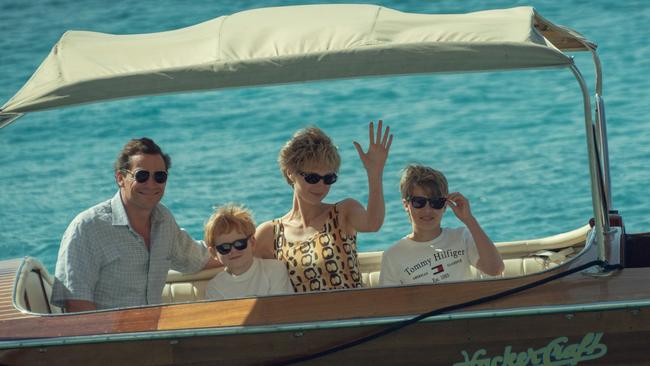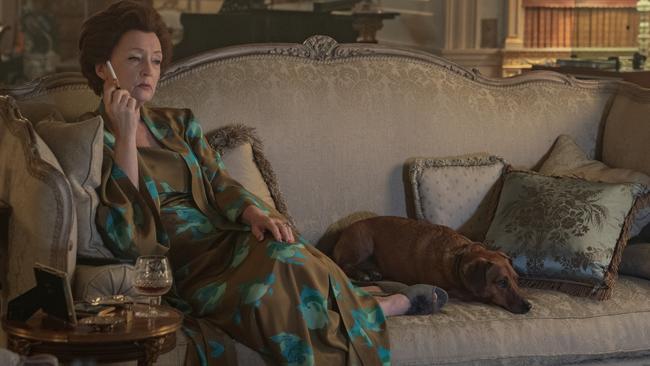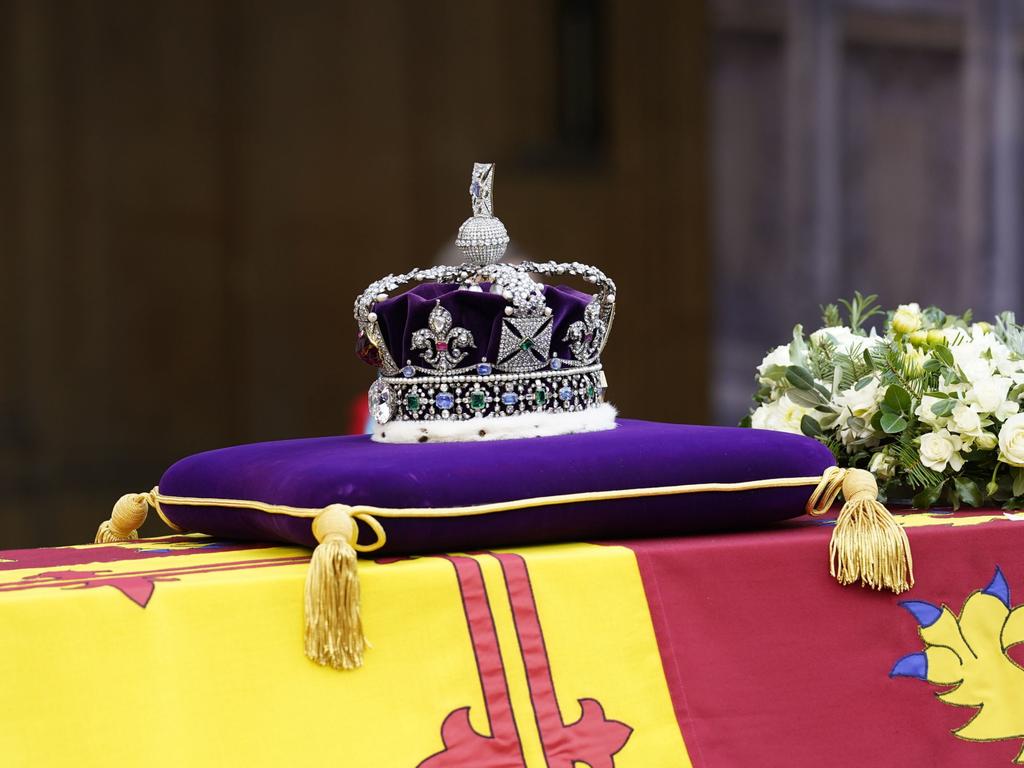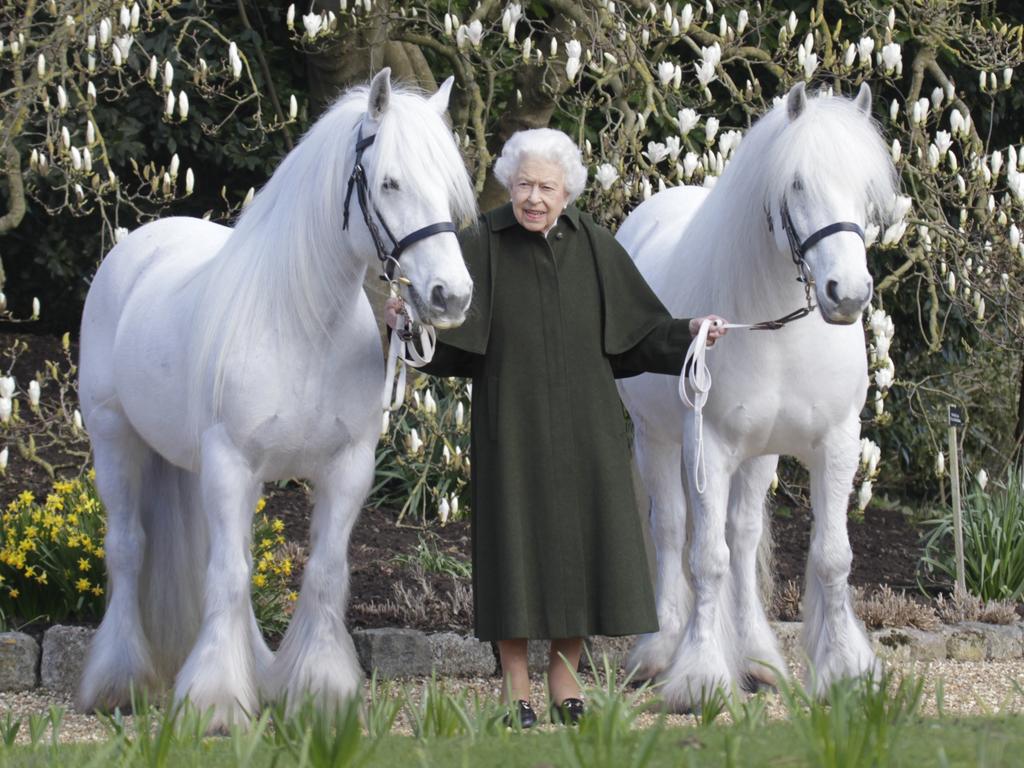They’re criticising The Crown but the real story is just as dramatic
Everyone from John Major to friends of Charles have condemned the new series as fiction. Maybe they’ve forgotten how extraordinary the royal revelations of the early 90s really were.

By the beginning of 1992, the year that would be immortalised as the Queen’s annus horribilis, no one was under any illusion about the marriage of the Prince and Princess of Wales. Within Charles and Diana’s household it was common knowledge that it was on the rocks, not least because Diana made sure everyone knew. When Peter Westmacott had arrived from the Foreign Office two years earlier to begin a three-year stint as the prince’s deputy private secretary, Diana had wasted no time in telling him that her relationship with Charles was effectively over. Charles, she said, had “never got Camilla out of his system”.

But Diana did not only tell her staff that she and Charles were finished - she told the world. In February the couple went on a tour of India. On the day Diana visited the Taj Mahal, Charles was elsewhere, meeting business leaders, making speeches and launching a charity. The promise that he had made 12 years earlier, that he would one day take his bride there, was long forgotten. Diana, who understood the power of imagery, sat alone on a bench in front of the mausoleum. It was, she told reporters, a very healing experience. Asked what she meant, the princess replied: “Work it out for yourself.”
Theirs, however, was not the only royal marriage that was falling apart. Princess Anne and Mark Phillips announced their divorce, and during the Queen’s summer break at Balmoral that year the family had to cope with the shock of seeing a topless Sarah Ferguson on the Riviera with her American lover in the Daily Mirror. But undoubtedly the greatest shock of all was the publication that summer of Andrew Morton’s book Diana: Her True Story. Up to that point it might have been possible, if one were so minded, to dismiss all the talk about Charles and Diana’s marriage as so much tabloid tittle-tattle. Morton changed all that. The book, which was serialised in The Sunday Times, revealed details of Charles’s affair with Camilla Parker Bowles, Diana’s bulimia and her allegedly suicidal unhappiness. Not only did it tell a shocking story but it also appeared to be incredibly well sourced, although no one at the time realised quite how well sourced. Diana initially lied about her involvement, but it later emerged that it was based on a series of tape-recorded interviews that she had given to her friend James Colthurst, who had then passed them on to Morton. Diana’s motive was made clear when the recordings were later published. “I would hope that my husband would go off, go away with his lady . . . and leave me and the children to carry the Wales name through to the time William ascends the throne.”
The following months were a field day for the tabloids, as one shocker followed another. The Sun published a recording of a phone conversation - made in December 1989 - between Diana and her lover James Gilbey in which she called him “darling” and he called her “Squidgy”. Diana memorably told him: “Bloody hell, after all I’ve done for this f***ing family.” Some time later it was Charles and Camilla’s turn when the transcript was published of a phone conversation in which, in an image people would find hard to wipe from their memories, the heir to the throne expressed a wish to live inside Camilla’s trousers as “God forbid, a Tampax”.
A house divided. Watch the trailer for Season 5 of The Crown this Thursday. pic.twitter.com/wde65vz6cY
— The Crown (@TheCrownNetflix) October 17, 2022
It became quite obvious that things could not carry on as they were. In November Charles and Diana went on tour to South Korea, a trip that Diana initially refused to go on. Officials managed to persuade her to join her husband, but they might as well have not bothered: relations between the couple were so glacial that the media nicknamed them The Glums. The next month, shortly after the calamitous Windsor Castle fire, the prime minister, John Major, announced in the House of Commons that Charles and Diana were to separate. He said that the couple had “no plans to divorce, and their constitutional positions are unaffected”. They would carry on fulfilling their royal duties separately, and would come together for family gatherings and national events. Most contentiously of all, he told MPs that there was “no reason why the Princess of Wales should not be crowned Queen in due course”.
Charles and Diana looked after William and Harry on alternate weekends. The prince hired a jolly young woman to take care of the young princes, Tiggy Legge-Bourke, who soon earned Diana’s enmity. Tiggy stated she used to give the boys what they needed at that stage in their life, “fresh air, a rifle and a horse”. Diana, she said, “gives them a tennis racket and a bucket of popcorn at the movies”. Tiggy would later be at the centre of a painful episode when Diana accused her - wholly unjustly - of becoming pregnant by Charles and having an abortion.
Despite Major’s words, in December 1993 Diana announced that she was reducing the extent of her public life to combine “a meaningful public role with a more private life”. It did not last, of course: Diana was too much in love with the spotlight to step away like that.

If Morton was Diana’s truth, Dimbleby was Charles’s. His decision to give a television interview to Jonathan Dimbleby, and to collaborate on a biography, was not designed to be a riposte to the Morton book. But that was the way it was seen, and it would have an equally devastating effect. In the interview Dimbleby asked if he had tried to be faithful to Diana. “Yes, absolutely,” Charles said. “Until it became irretrievably broken down.” That was Charles’s official admission of what everyone had known for ages - his affair with Camilla. His confession did him untold reputational damage from which he took years to recover. It also led directly to Diana’s decision to give an interview to Panorama.
Before that, however, the Charles and Diana soap opera had a few episodes to run. One was her affair with Major James Hewitt, which was exposed in toe-curling detail in Anna Pasternak’s book, Princess in Love. Much criticised for its Mills & Boon writing style, the book at least had the merit of being well sourced: the source in question being Hewitt himself. Over the years there were a number of other men in Diana’s life, including Barry Mannakee, a police protection officer with whom she had been in love in the 1980s, and Oliver Hoare, a married art dealer. It was claimed that Diana bombarded Hoare’s wife with silent phone calls. There was also Will Carling, the newly married England rugby player. It was never confirmed whether the two actually had an affair, but his marriage did not survive the experience.
Her relationship with Hasnat Khan, a Pakistani-born heart surgeon, was another matter entirely. It was an intense affair - Diana called him Mr Wonderful - and there seems little doubt that she at least would have liked to envisage a future with him. But when the press discovered what was going on, he buckled under the tabloid scrutiny and broke off their relationship.
Khan was around when Martin Bashir set about trying to persuade Diana to give an interview to Panorama. The world now knows the lies that Bashir told to win her over - using forged documents to convince her of the disloyalty of her closest advisers - but Khan had first-hand experience of how sneaky Bashir could be.

“He was a cunning man” who “manipulated” the princess, Khan said. “One of her most attractive qualities was her vulnerability. It was what endeared her to the public. I later realised that Martin picked on those vulnerabilities and exploited them. He was very persuasive with Diana. It was all about him being from the BBC, being respectable and very pious even. But he filled her head with rubbish, such as that stuff about the nanny Tiggy being pregnant with Charles’s child.”
Diana kept the Panorama interview a closely guarded secret, not even telling her aides what she was up to. She would smuggle Bashir into Kensington Palace in the boot of her butler’s car. By the time the royal family found out about it there was nothing they could do.
The result was an incendiary piece of television that was devastating for Charles, an appalling shock for their children and, for Diana, an exercise in self-justification which in the end did her little good. As the author Sally Bedell Smith said, it was “an aria of bitterness, studied self-revelation . . . and passive-aggressive malice”. The highlights have become some of the most-quoted remarks of the late 20th century: her wish to become “queen of people’s hearts”, her talk of there being “three of us in this marriage, so it was a bit crowded”. Her dagger was at its sharpest when she was asked whether William should succeed the Queen rather than Charles. “My wish is that my husband finds peace of mind,” she said, “from that follows other things.”

After that, the Queen had had enough. Just under a month later she wrote to both Charles and Diana requesting that they divorce as soon as possible. Her letter to Diana was signed “with love from Mama”. Under the terms of the divorce settlement, which was granted in July 1996, Diana received a lump sum settlement of pounds 17 million as well as pounds 400,000 a year. Diana lost her style as Her Royal Highness, but it was announced that she would continue to be regarded as a member of the royal family. Camilla, meanwhile, remained highly unpopular and had to keep a low profile. At friends’ parties she was reduced to using the back door, and Charles used to hide under a blanket in the back seat of his car when he visited her.
In the last months of her life Diana was at her best, and her worst. She campaigned against the use of landmines, memorably walking through a minefield in Angola wearing a helmet and flak jacket. It was one of the most significant things she ever did, but she did not live long enough to see the Mine Ban Treaty signed by 122 states in Ottawa in December 1997.
That summer, still recovering from her split from Khan, she took up with Dodi Fayed, son of the former Harrods owner Mohamed Al Fayed. Dodi was as emotionally damaged as Diana, crippled by his dependence on his father, who had engineered the match. Diana enjoyed flaunting their romance in front of the media pack who followed them on holiday in the south of France.

They had been going out for just six weeks when they stopped in Paris on the way to England. After dining at the Ritz Hotel, which was owned by Dodi’s father, they attempted to escape the paparazzi who were pursuing them by slipping out of the back of the hotel. Shortly after midnight on August 31, 1997, their car hit a pillar in the Pont de l’Alma tunnel at high speed, killing Dodi and the driver instantly. Diana died at 4am. She was 36 years old.
The Times





To join the conversation, please log in. Don't have an account? Register
Join the conversation, you are commenting as Logout